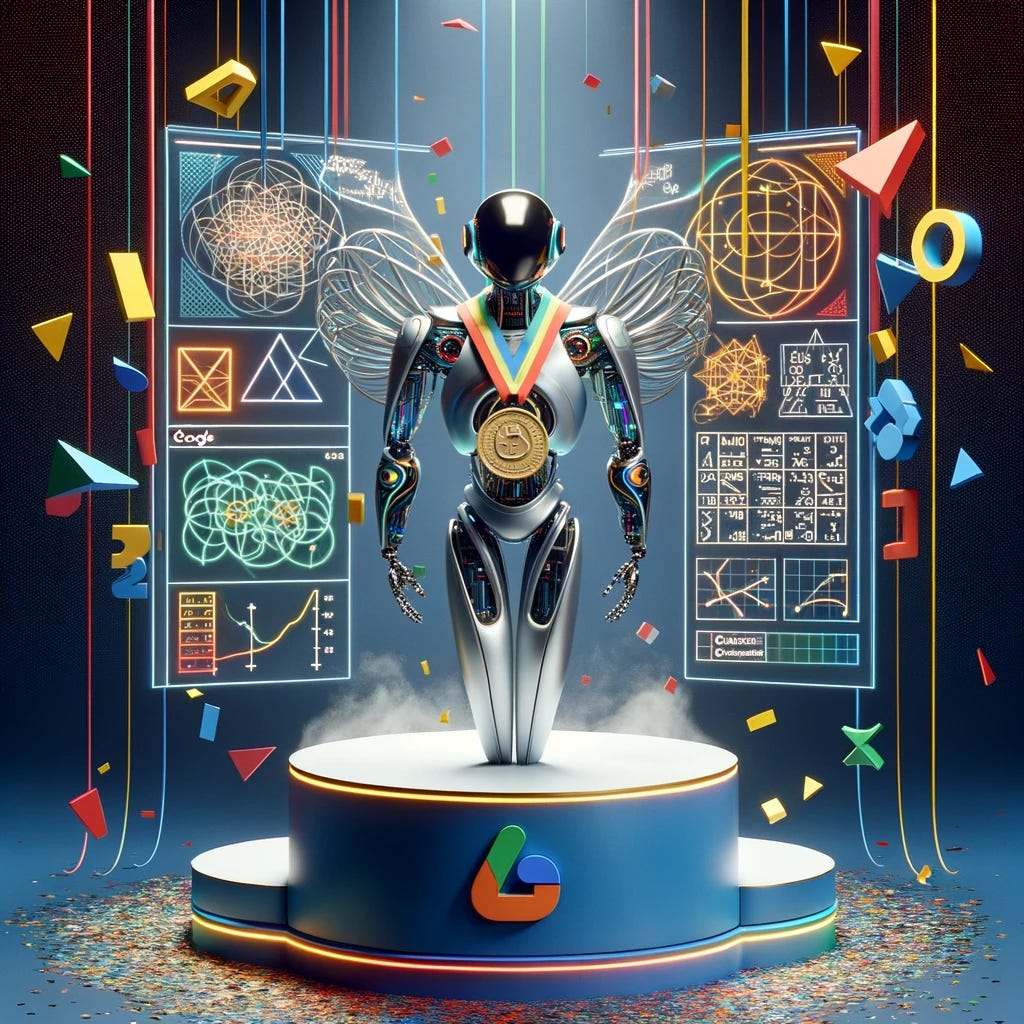Edge 370: A Deep Dive Into AlphaGeometry: Google DeepMind’s New Model that Solves Geometry Problems Like a Math Olympiad Gold-Medalist
The model uses a neurosymbolic approach to reasong through complex problems.
In a recent Sunday edition of this newsletter, we dedicated the editorial to a remarkable model created by Google DeepMind that is able to solve geometry problems from the Mathematical Olympiads at the level of a gold-medalist. Today, we will dive into the architecture powering this model.
A few months ago, the International Mathematical Olympiad announced the AIMO Prize, a $10 million award for an AI model that can achieve a gold medal in an International Math Olympiad (IMO). IMOs are elite high school competitions where the top six students from each participating country must answer six different questions over two days, with a four-hour time limit each day. Some of the most renowned mathematicians of the past few decades have been medalists in IMO competitions. Geometry, an important and one of the hardest aspects of IMO tests, combines visual and mathematical challenges. We might intuitively think that this would be the hardest type of problem for AI models to solve.
Well, not anymore.
A few weeks ago, Google DeepMind published a paper unveiling AlphaGeometry, a model capable of solving geometry problems at the level of an IMO gold medalist. The key magic behind AlphaGeometry is the combination of two different ML architectures: a neural language model and a symbolic deduction engine. Together, they tackle complex geometry theorems, bringing a unique approach to problem-solving.



